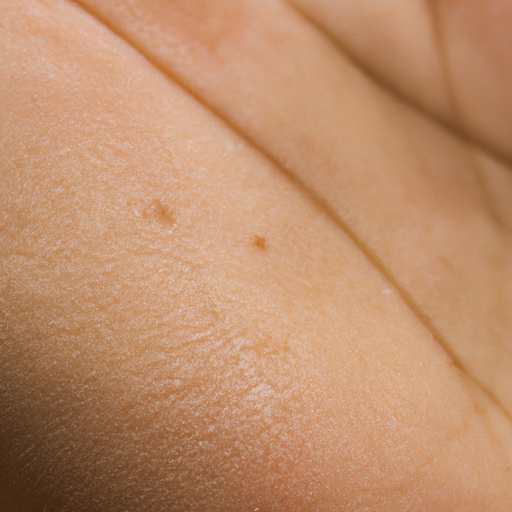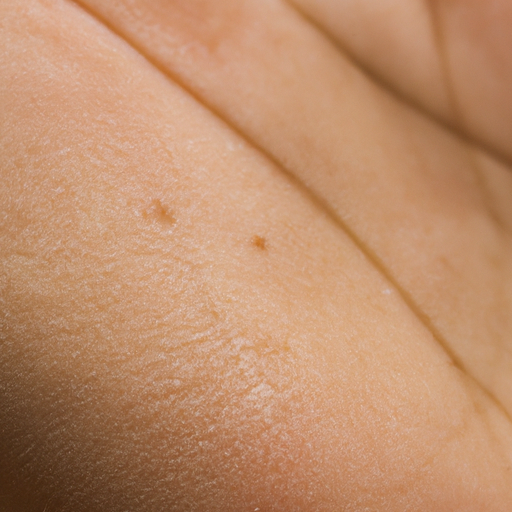As a dermatologist, I often encounter patients who are interested in enhancing their facial features, particularly their lips. The quest for the perfect pout has led to a surge in the popularity of lip fillers. This non-surgical cosmetic procedure can provide fuller, plumper lips and smooth out fine lines around the mouth. However, before you decide to take the plunge, it’s essential to understand what lip fillers entail.
Lip fillers, also known as dermal fillers, are small injections of gel that add volume to soft tissues. The gel is typically made from hyaluronic acid, a substance naturally found in the body that can hold up to 1,000 times its weight in water. This makes it an excellent choice for adding volume and hydration to the lips.
The procedure is relatively straightforward. After a consultation to discuss your desired results and assess your suitability for the treatment, the actual process takes about 15-30 minutes. A numbing cream is applied to minimize discomfort, and then the filler is carefully injected into specific areas of the lips to achieve the desired effect. The results are immediate and can last between 6-18 months, depending on the type of filler used and individual metabolic rates.
One of the main advantages of lip fillers is that they are temporary and reversible. If you’re not happy with the results, an enzyme called hyaluronidase can be used to dissolve the filler quickly. This flexibility makes lip fillers a popular choice for those who want to experiment with their look without committing to permanent changes.
However, like any medical procedure, lip fillers come with potential risks and side effects. These can include swelling, bruising, redness, and tenderness at the injection site. More serious complications, such as infection or allergic reaction, are rare but possible. It’s crucial to have the procedure done by a qualified professional in a sterile environment to minimize these risks.
Furthermore, achieving a natural-looking result requires a skilled hand and an artistic eye. Overfilling can lead to an unnatural ‘duck lip’ appearance, while uneven filling can result in asymmetry. Therefore, it’s essential to choose a practitioner who is experienced in lip augmentation and understands facial anatomy.
It’s also worth noting that the quest for the perfect pout should not be driven by unrealistic beauty standards or pressure to look a certain way. Everyone’s facial features are unique, and what looks good on one person may not suit another. The goal of any cosmetic procedure should be to enhance your natural beauty, not to make you look like someone else.
In conclusion, lip fillers can be a safe and effective way to achieve fuller, plumper lips when done correctly. However, it’s essential to do your research, understand the risks, and choose a qualified practitioner. And remember, the perfect pout is one that makes you feel confident and beautiful, regardless of size or shape.




